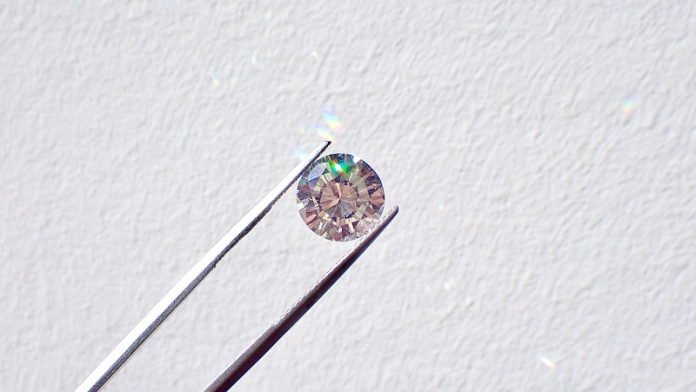
Diamonds are beautiful, tough, and very useful for things beyond jewelry, like in technology.
Scientists have found ways to make diamonds in labs that are almost identical to natural ones found deep in the Earth.
How do they do it, and what’s the difference between lab-grown and natural diamonds? Let’s dig in!
What’s the same and what’s different?
Lab-grown diamonds and natural diamonds are made of the same stuff: carbon.
They look so similar that you would need special machines to tell them apart.
Natural diamonds can have impurities and little flaws because they come from deep inside the Earth.
Lab-grown diamonds are more “perfect” because scientists control how they are made.
How are lab-grown diamonds made?
Scientists use two main ways to make diamonds in a lab. The first way is called HPHT, which stands for High-Pressure, High-Temperature.
In this method, they take a tiny piece of natural diamond and put it in a special chamber with carbon.
They then crank up the heat and pressure to make the carbon turn into a diamond. It’s like speeding up what happens in nature but in a controlled setting.
The second method is called CVD, or Chemical Vapor Deposition. Here, they heat up a gas that has carbon in it. The carbon from the gas sticks to a surface and slowly turns into a diamond layer. They can do this many times to make a bigger diamond.
Lab-grown diamonds can also be made in different colors by adding special elements. Want a blue diamond? Add some boron.
Pink? Add some silicon. Because making diamonds in a lab is less expensive, you can buy a lab-grown diamond for a much lower price than a natural one.
Diamonds are not just for rings and necklaces. They are also useful in technology like lasers and even quantum computing.
Amazon is teaming up with diamond company de Beers to make diamonds for tech purposes.
The unique qualities of diamonds make them ideal for many scientific uses, from medical equipment to environmental sensors.
Diamonds from Anything!
Here’s a fun fact: you can make a diamond out of almost any source of carbon. That means you can even make a diamond from the hair or ashes of a loved one, or even from peanut butter!
The market for lab-grown diamonds is booming. They are expected to become even more popular because they are cheaper and can be used in so many different ways.
So, the next time you’re thinking about buying a diamond, consider a lab-grown one. It’s just as beautiful, and your wallet will thank you!
So, lab-grown diamonds are not only a girl’s best friend but also a scientist’s and an engineer’s!
Follow us on Twitter for more articles about this topic.
Source: Macquarie University.



